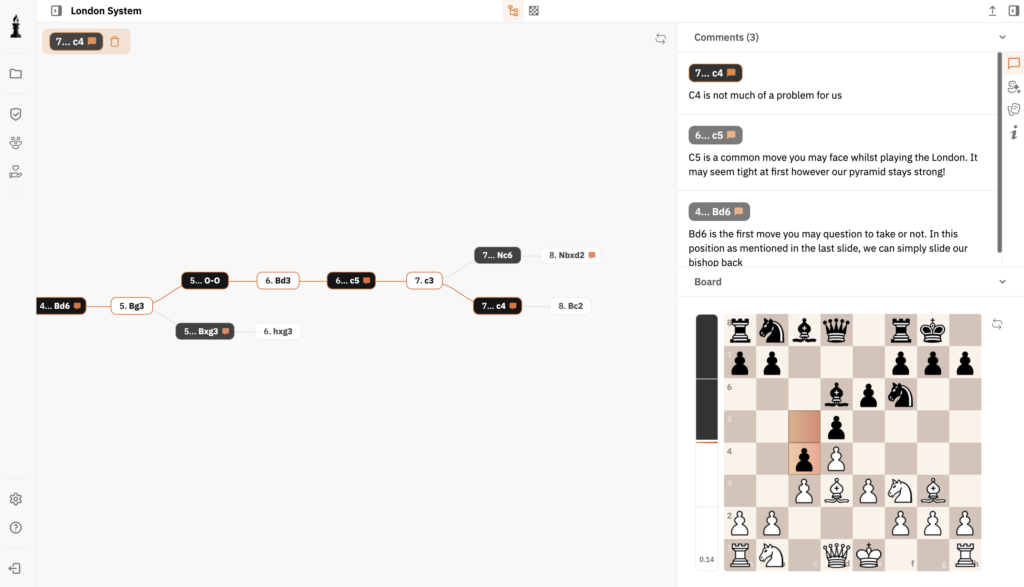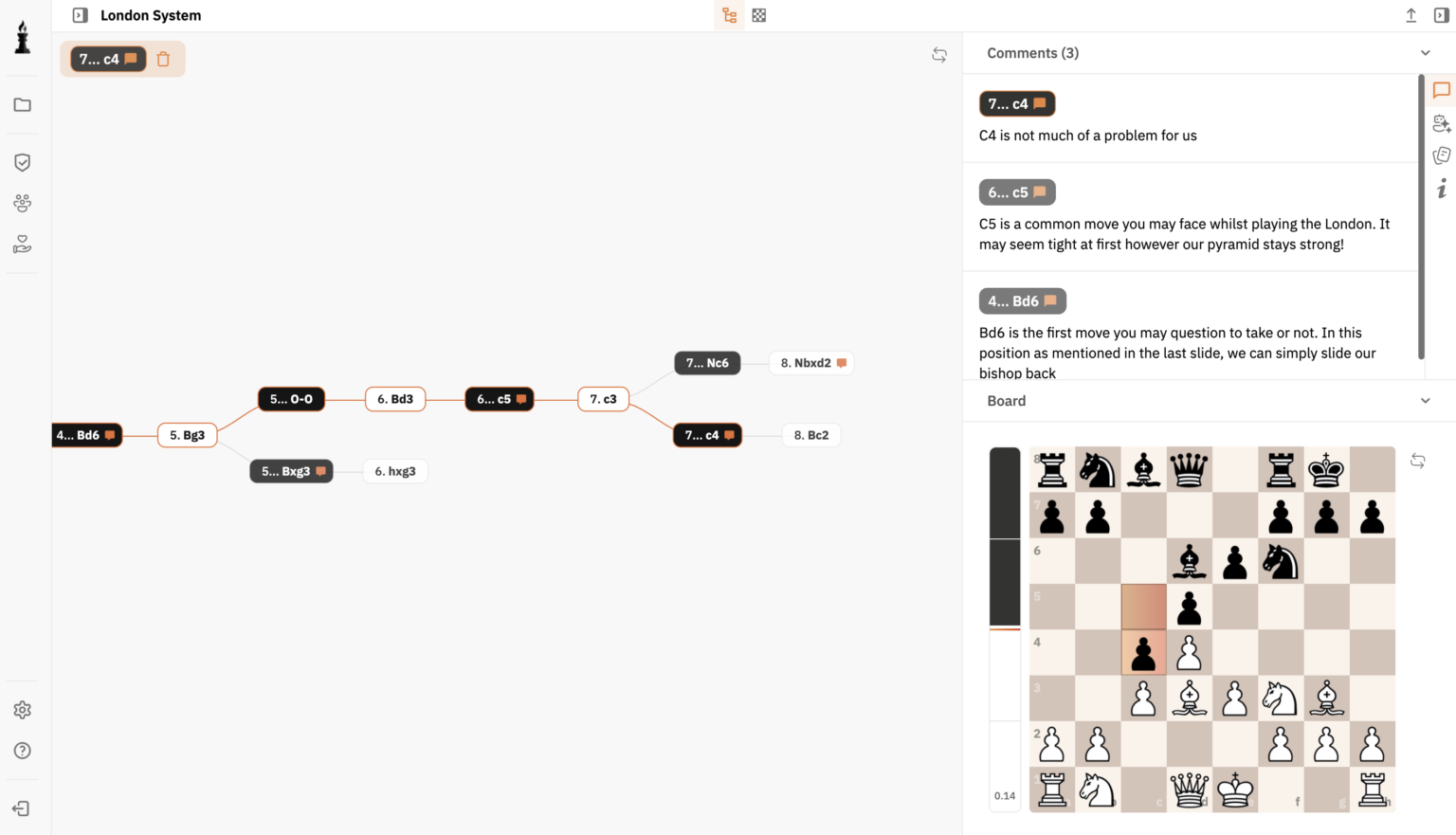Chess, with its intricate chess strategy, offers players a vast expanse of tactical possibilities. Among the numerous nuanced situations, Zugzwang stands as a particularly compelling predicament a player might face. In this article, we delve into the concept of Zugzwang and its impact on the game.
Understanding Zugzwang
Derived from German, « Zugzwang » translates to « compulsion to move. » It’s a unique position where any move a player makes will worsen their position. Identifying Zugzwang scenarios requires a keen perception of chess patterns, as it can decide the outcome of a game.
Historical Context
The concept of Zugzwang goes back to the early days of chess evolution. Players, including historical figures like Philidor and Steinitz, have often faced Zugzwang, leading to groundbreaking games. While classical games featured more passive approaches, Zugzwang represents an inevitable consequence of strategic advancement.
Recognizing Zugzwang in Your Game
To spot a Zugzwang, players must understand the intricate balance of pawn structures and positional dynamics. Often accompanying endgames where every tempo counts, Zugzwangs can manifest when one side has limited maneuverability.
Common Zugzwang Scenarios
Endgame Composition: Often seen in King and Pawn endgames where the opposition plays a critical role. Maintaining the opposition can force an opponent into Zugzwang.
During Blockades: When a player has managed to immobilize their opponent’s pieces or pawns, making the other player move might create vulnerabilities elsewhere.
Pawn and Minor Piece Play: In complex positions, pushing a pawn or moving a minor piece can lead to losing material or positional advantages.
The Role of Zugzwang in Modern Chess
Strategic Implications
Recognizing and exploiting Zugzwang is crucial in high-level chess. Stockfish, a leading chess engine, can calculate millions of positions to detect potential Zugzwangs. Today’s Grandmasters (GM) leverage such positions to secure victories.
Examples in Famous Games
Several historic games demonstrate Zugzwang’s decisive power. Particularly in matches between acclaimed legends who have employed this tactic to outmaneuver their opponents.
Tools for Practicing Zugzwang
Developing an understanding of Zugzwang can be greatly enhanced through specific tools. Using a Chess PGN Editor, one can analyze and recreate positions to test different strategies. Additionally, accessing an Online Chess Database allows players to study past games where Zugzwang was effectively utilized.
Conclusion
Incorporating an understanding of Zugzwang into your chess repertoire can significantly enhance one’s tactical prowess. While it might appear in subtle forms, mastering the ability to recognize and utilize it will undeniably tilt games in a player’s favor.
For those eager to develop their skills further, exploring tools such as Chess Games Analysis provides deeper insights into tactical play and strategic foresight.
Zugzwang is a situation in chess where any move a player makes will worsen their position, generally forcing a disadvantageous outcome.
Zugzwang typically forces a player to make a move that deteriorates their position, often leading to a loss of material or eventual defeat.
Yes, many famous games highlight the strategic use of Zugzwang, demonstrating chess grandmasters’ ability to leverage it to secure victories.
Yes, engines like Stockfish are particularly adept at identifying Zugzwang scenarios due to their extensive calculation capabilities.





